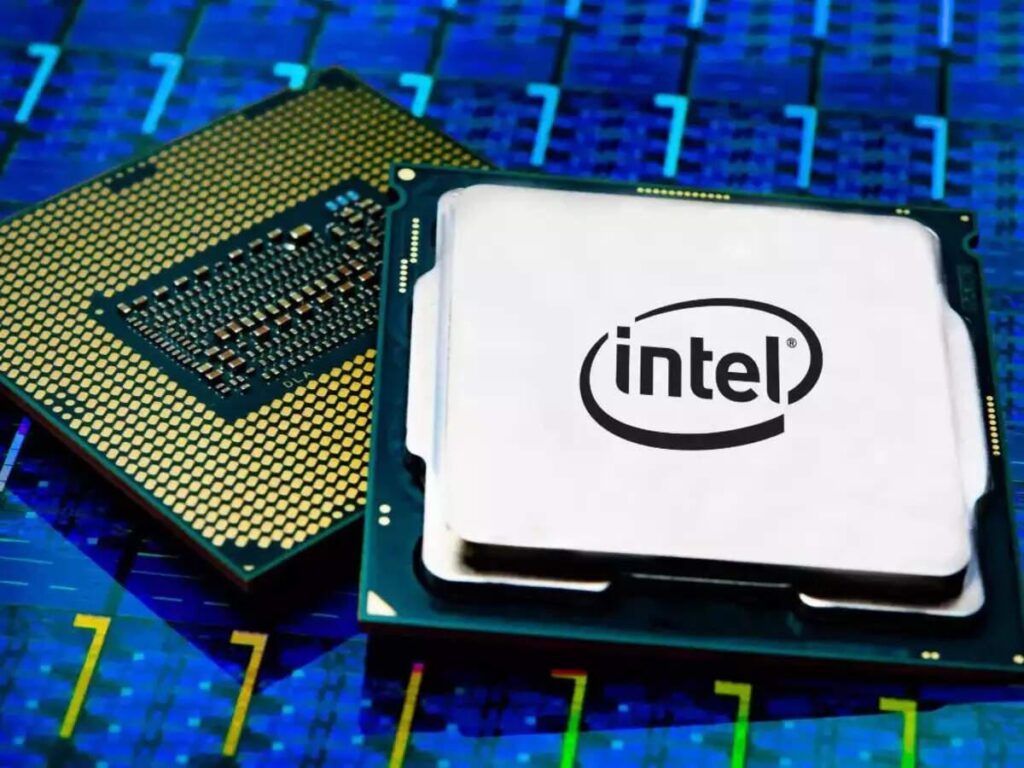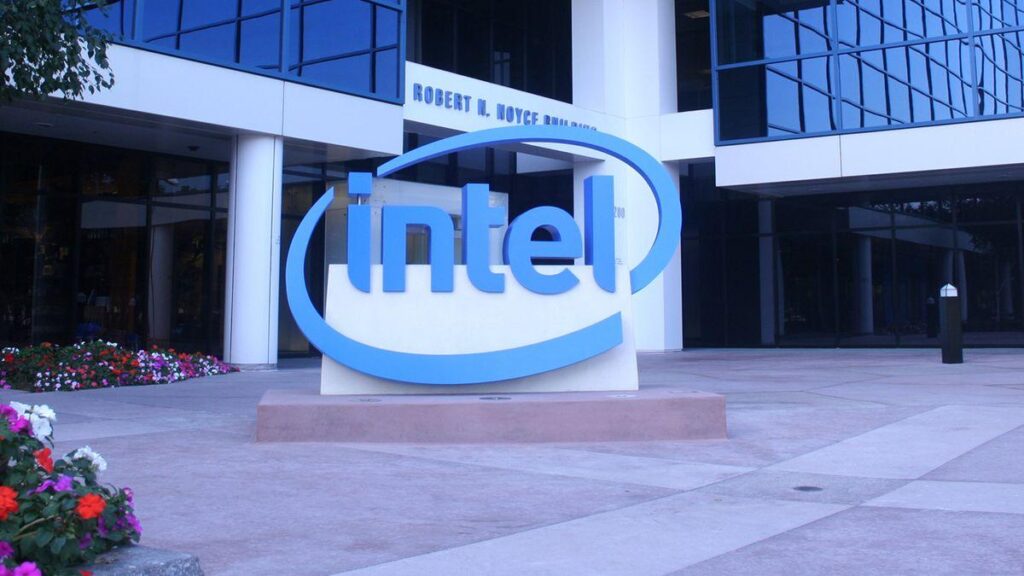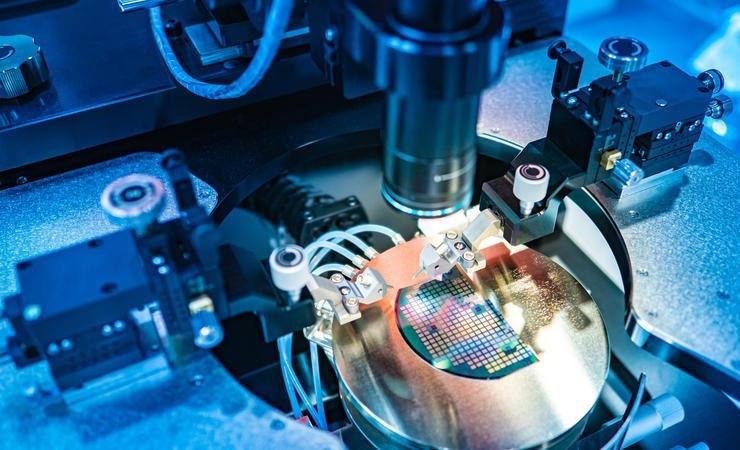In the high-stakes world of silicon and semiconductors, Pat Gelsinger stands at the crossroads of technological change. Intel, the tech giant that once dominated global chip manufacturing, is now navigating uncharted waters under new leadership. As Gelsinger takes the helm,he’s signaling a bold reimagining of how computer chips are designed,produced,and positioned in a rapidly evolving global market. This isn’t just another corporate strategy shift—it’s a potential seismic recalibration of an industry that powers everything from smartphones to supercomputers. Pat Gelsinger, Intel’s CEO, is navigating a transformative strategy that could possibly reshape the semiconductor landscape. The company is contemplating a radical departure from its traditional manufacturing model, signaling a strategic pivot that could disrupt the global chip industry.
Under Gelsinger’s leadership, Intel is exploring a dramatic shift towards a foundry-based approach, moving away from its long-standing integrated design and manufacturing strategy. This potential transformation involves opening up Intel’s sophisticated manufacturing facilities to produce chips for external clients, a move that directly challenges industry giants like TSMC and Samsung.
The proposed strategy represents more than a simple business adjustment; it’s a basic reimagining of Intel’s operational framework.By potentially becoming a contract manufacturer, Intel could leverage its advanced technological capabilities and extensive manufacturing infrastructure to generate new revenue streams while diversifying its business model.
Recent geopolitical tensions and semiconductor supply chain disruptions have accelerated this strategic contemplation. The global semiconductor shortage has exposed vulnerabilities in existing manufacturing paradigms, compelling companies like Intel to reconsider their traditional approaches.
Technologically, Intel possesses cutting-edge manufacturing capabilities, including advanced process nodes and sophisticated chip design technologies. These strengths could position the company as an attractive manufacturing partner for companies seeking reliable and technologically sophisticated chip production.
The potential shift also aligns with broader industry trends toward more flexible and collaborative manufacturing ecosystems.By opening its facilities to external clients, Intel could create a more dynamic and responsive semiconductor production environment.
Financial analysts are closely monitoring this potential strategic transformation. The move could significantly impact Intel’s revenue structure, potentially creating more consistent and diversified income streams compared to its current model of primarily producing chips for its own product lines.
Industry experts suggest this strategic exploration reflects Gelsinger’s innovative approach to leadership. His background in engineering and deep semiconductor industry experience provides a unique outlook on navigating complex technological and business challenges.
While the full details of this potential manufacturing shift remain under discussion, the mere consideration signals Intel’s commitment to adaptability and strategic innovation. The semiconductor industry is witnessing a potentially pivotal moment that could redefine manufacturing relationships and technological collaborations.
As conversations continue, the tech world watches with anticipation, recognizing that Intel’s decision could have far-reaching implications for global semiconductor production and technological innovation.









